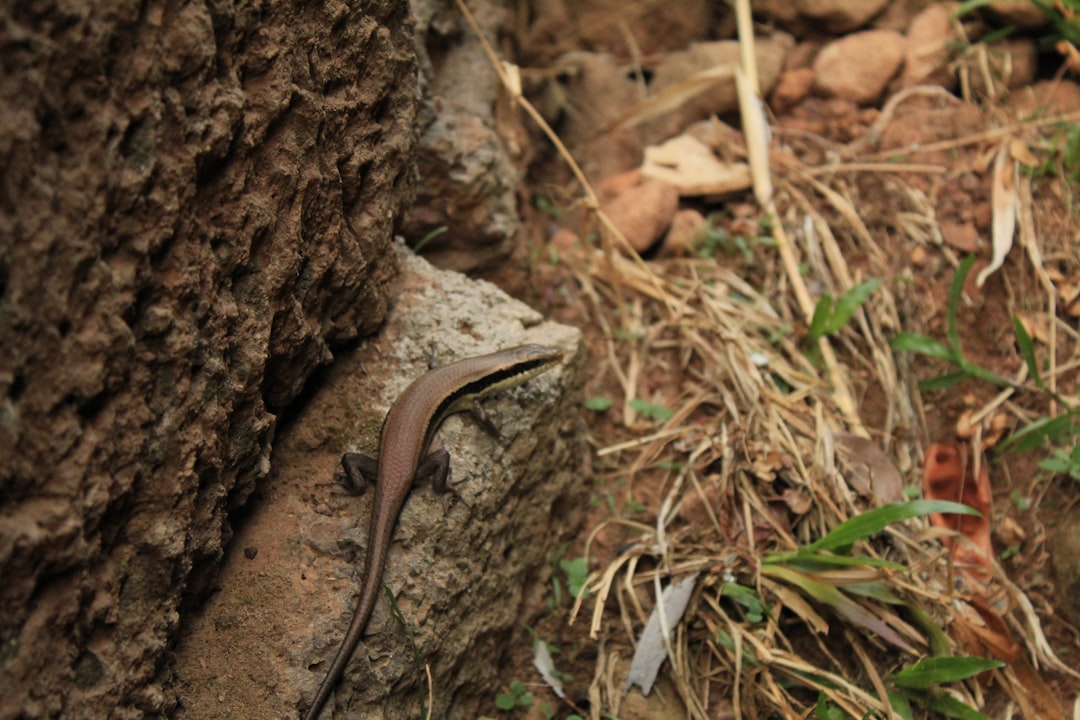What is it about?
Domoic acid toxicosis can be challenging to diagnose in stranded California sea lions as rescue often occurs after the toxin has cleared the circulatory, urinary, and gastrointestinal systems. Here we present methodology, using abnormal behavioral cues, as an effective and accurate diagnostic protocol that is practical for use in rehabilitation environments.
Featured Image
Why is it important?
Four abnormal behaviors, head weaving, muscle fasciculations, dragging the hind flippers, and swift scanning can be indicators of domoic acid toxicosis assuming environmental and timed/behavior type assumptions and requirements are met. Diagnosis can be made within 10-15 minutes. The protocol presented is both timely and cost efficient.
Perspectives
Here we present methodology that will allow veterinarians to diagnosis domoic acid toxicosis with confidence even after domoic acid is not detectable from patient samples. Many veterinarians turn to the process of elimination when diagnosing domoic acid toxicosis in the California sea lion when domoic acid is no longer detectable. Our research targets this issue and provides an effective alternative.
Miss Christiana Skye Wittmaack
Texas Tech University
Read the Original
This page is a summary of: Diagnosing domoic acid toxicosis in the California sea lion (Zalophus californianus) using behavioral criteria: A novel approach, Zoo Biology, May 2015, Wiley,
DOI: 10.1002/zoo.21217.
You can read the full text:
Contributors
The following have contributed to this page










